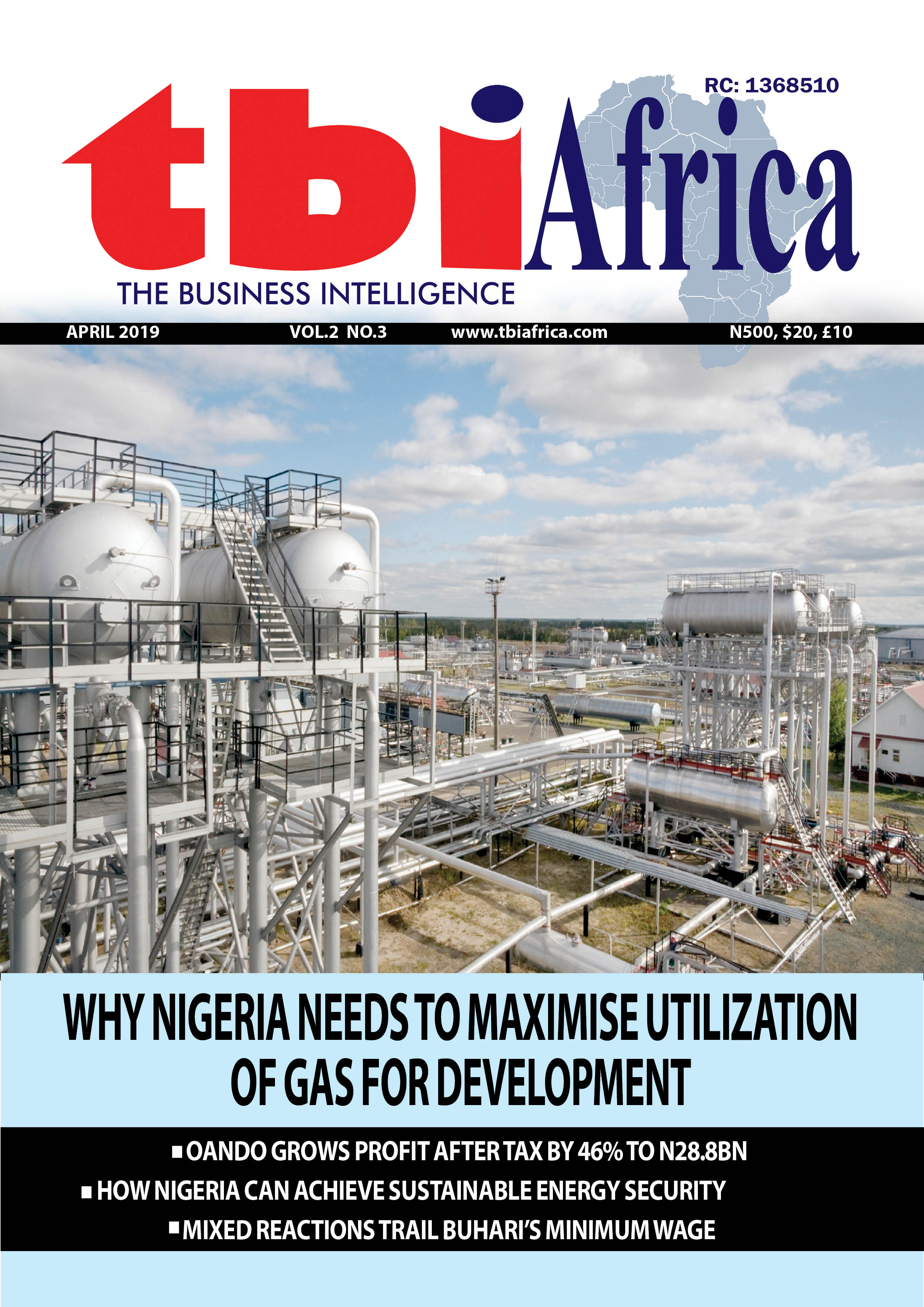Photo caption: Oil facility
*Bank of America: Saudi Arabia is preparing for a prolonged oil price war to regain market share.
*U.S. shale is more vulnerable than in past price wars, needing $65+ WTI to stay profitable amid rising costs and geological limits.
*Bank of America: The oil price war is likely to be long and shallow instead of short and steep.
Saudi Arabia is getting ready to engage in a protracted oil price war with its rivals, Bank of America’s leading commodities expert told Bloomberg on Monday. According to Francisco Blanch, BofA’s head of commodities research, the unfolding oil price war is going to be “long and shallow”, rather than “short and steep” as the Kingdom tries to claw back lost market share, especially from U.S. shale producers.
Last month, OPEC+ announced a third output increase of 411,000 b/d for the month of July, a similar clip to the previous two months. Commodity experts began warning last year that Saudi Arabia was willing to ditch its traditional role as OPEC’s swing producer by abandoning its unofficial price target of $100 a barrel in favor of increased output. Saudi Arabia accounted for 2 mb/d of the group’s 3.15 mb/d in output cuts before it started unwinding in April.
Traders are now bracing for hard times, with oil futures traders betting that the ongoing unwinding of production cuts by OPEC+ will eventually lead to a supply glut and even lower oil prices. According to the latest Commitment Of Traders (COT) report by CME Group, open interest in calendar spread options hit record levels in the current week, with speculators holding the biggest net position bets on weaker U.S. crude futures curve since 2020.
Oil futures charts are flashing an unusual “hockey-stick” shape of the curve, with oil markets pricing tight supply through 2025, followed by an oversupply in 2026, according to the report. The spread between the WTI July contract and the August contract narrowed 3 cents on June 5 to $0.93 a barrel, while the spread between the December 2025 contract and the December 2026 contract widened by 10 cents to $0.53.
“There is a lot of risk in the trade,” Nicky Ferguson, head of analytics at Energy Aspects Ltd, told Yahoo Finance, adding that rising activity is being driven by “strong prompt, weak deferred balances, and a very changeable geopolitical environment that makes holding futures difficult.”
This is hardly the first time that Saudi Arabia is engaging in a race to the bottom with its rivals. The kingdom has undertaken a similar strategy at least twice over the past decade, with varying degrees of success. U.S. shale producers successfully weathered the 2015 oil price war by rapidly reorganizing into a meaner and leaner production machine that could breakeven at WTI price of as low as $35 per barrel, down from $70 per barrel just a few years earlier. Five years later, the U.S. Shale Patch required the direct intervention of then U.S. President Donald Trump, whose threats of withdrawing military support for Saudi Arabia persuaded de facto Saudi ruler Crown Prince Mohammed bin Salman to toe the line and abandon the oil price war.
Unfortunately, U.S. shale producers are more vulnerable this time around: a March Dallas Fed Energy Survey found that the U.S. Shale Patch requires WTI prices of $65 per barrel or more to drill profitably. U.S. rig counts have declined 4% Y/Y and are now 7% below the 5-year average as producers scale back drilling activity amid rising costs. Tariffs on U.S. steel imports are partly to blame here, increasing the price of fracking equipment. Meanwhile, geological constraints are also posing a significant obstacle to efforts to ramp up production as the nearly two-decades-old U.S. shale boom plateaus. The EIA has predicted a small increase in U.S. crude output to 14 million barrels per day in 2027, up from 13.2 million barrels in 2024.
That said, Saudi Arabia and OPEC+ do not have carte blanche to continue flooding the markets with oil: the Kingdom needs Brent price of at least $96.20 per barrel to balance its books in fiscal year 2025, approximately $30 per barrel higher than current Brent price. Further, the country drew down considerably on its foreign exchange reserves in past oil price wars, limiting its ability to sustain another long war now.
However, Saudi Arabia is likely to gain more leverage in future showdowns as it continues to diversify its economy. The country is accelerating its $2.5 trillion mining plans, while also investing in technologies to optimize oil production and lower carbon emissions. Saudi Arabia’s mineral reserve potential has grown dramatically over the past decade, from $1.3 trillion forecasted eight years ago to $2.5 trillion currently. The Kingdom has set a goal to rapidly grow the mining sector, with its contribution to the economy expected to jump from $17 billion to $75 billion by 2035.
=== Oilprice.com ===



